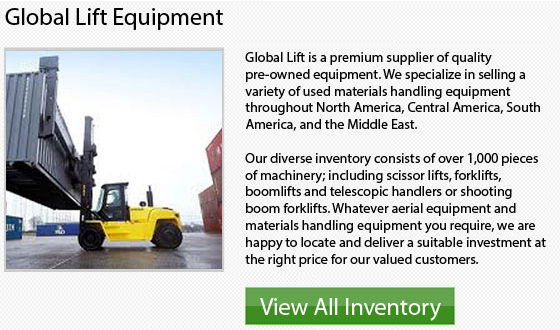
The type of vehicle usually found inside factories, warehouses and other work sites where moving heavy materials from one location to another is necessary is referred to as a forklift. The mast is the mechanism situated on the front of the forklift which hydraulically lifts and lowers the load. The "cat" is the area that is protected where the forklift operator sits.
Forklifts are capable of lifting loads between one and five tons in weight. Several types can be utilized to raise shipping containers and much heavier loads.
Forklift tires must be checked and maintained regularly. The types of tires on different forklifts vary according to factors such as frequency of use, load weights and ground surfaces. Each and every forklift driver should have access to tire press, replacement tires and a forklift jack.
Tire Maintenance Instructions
You should frequently check the tires. Watch for indications of damage and wear to the tires. If the wear on the tire exceeds 40%, it needs to be replaced.
When buying tires, make certain that you are buying the correct type - polyurethane, solid or pneumatic.
When the tire needs replacing, position the forklift jack under the tire and raise the forklift high enough that you can change the tires easily.
To remove the damaged tire, pull the tire from the rim utilizing the tire press. Install the new tire and secure it properly. If you are changing more than one tire and you just have one jack, lower the forklift, then reposition the jack at the next tire.
A repair company can offer on-site tire repair. If the tire is extremely big for both in-house and mobile tire presses, the tire that is damaged must be transported to a shop that has a stationary tire press.